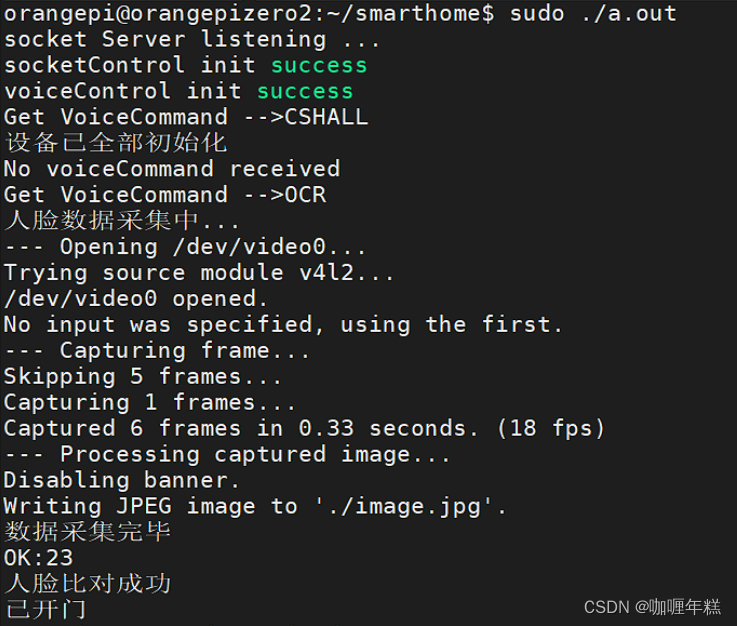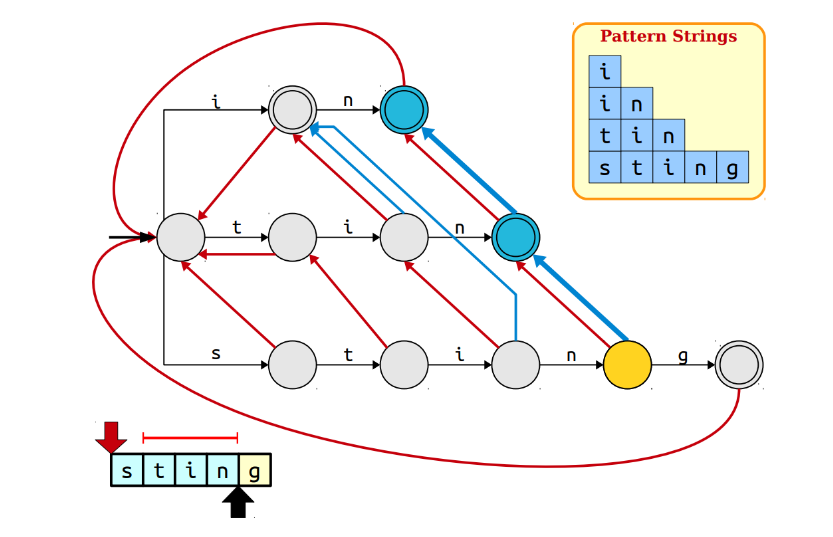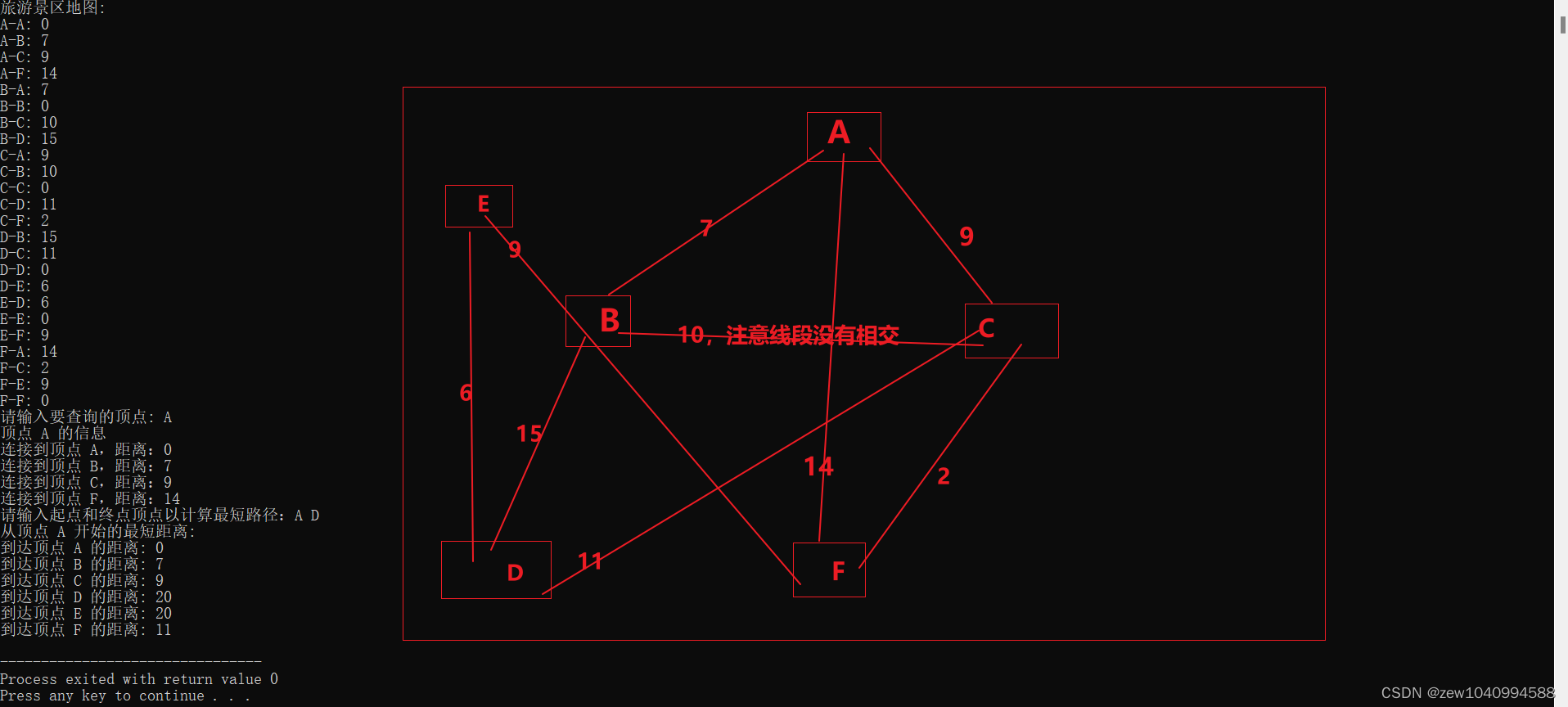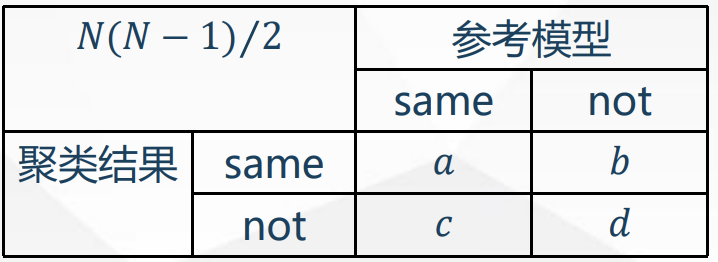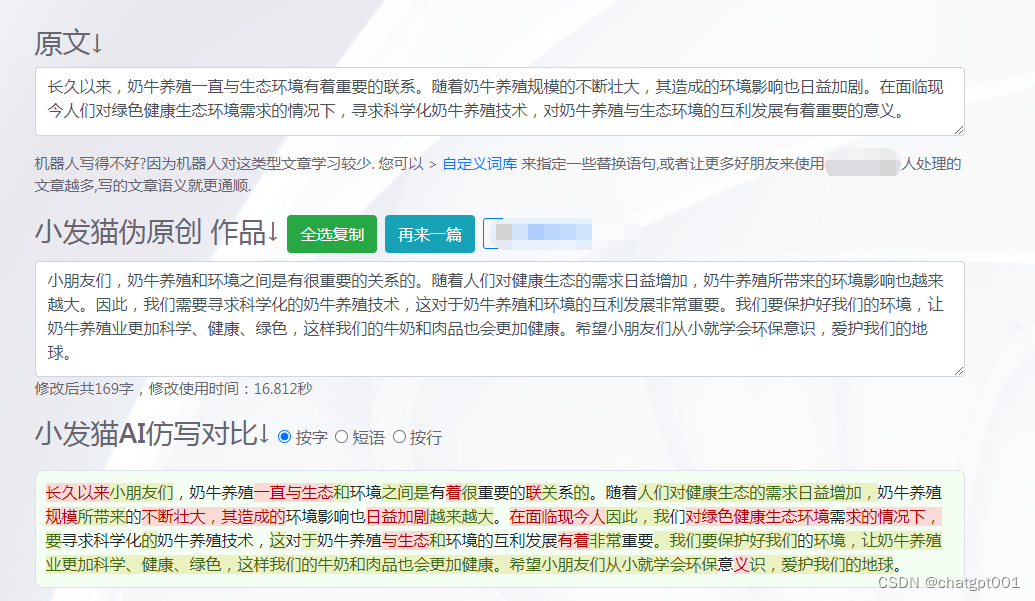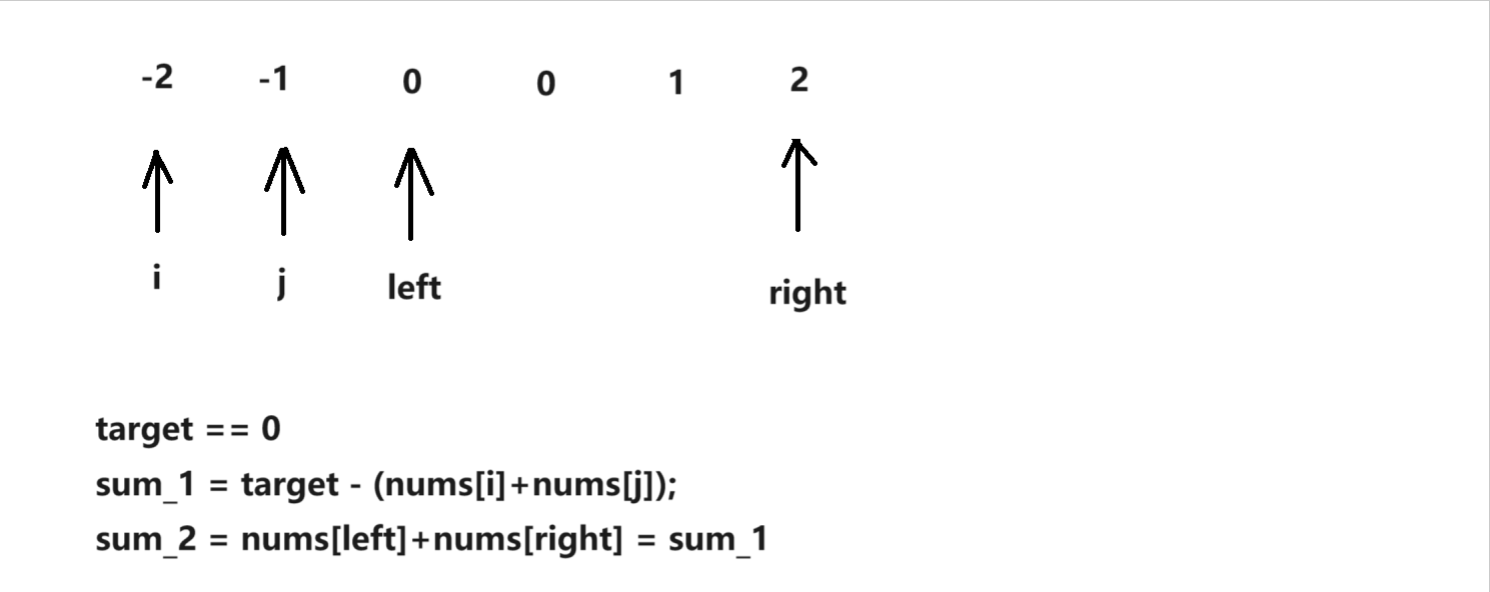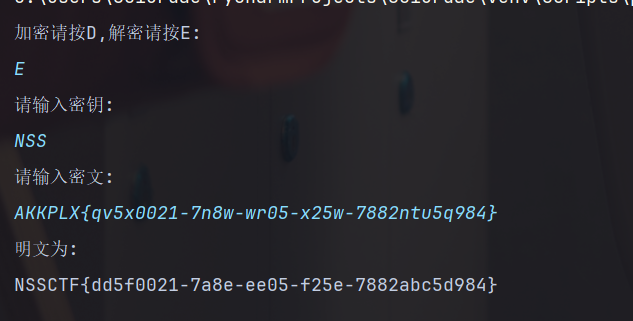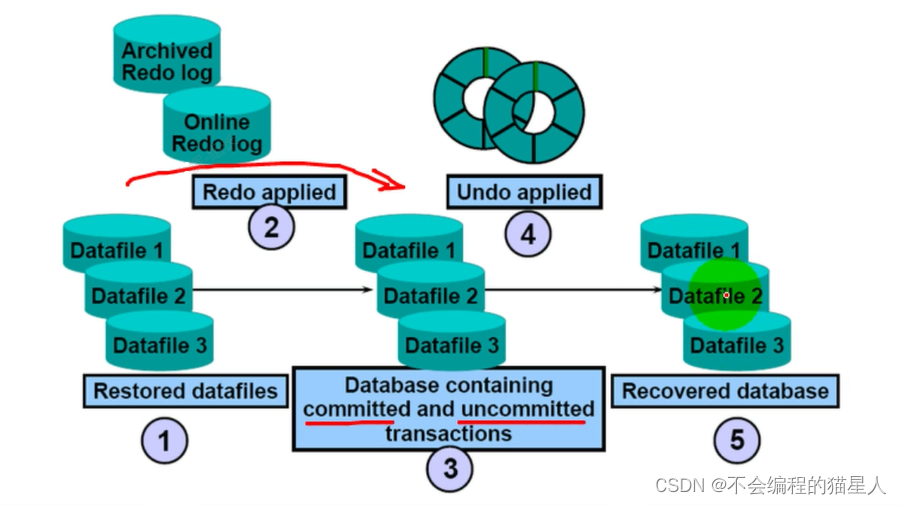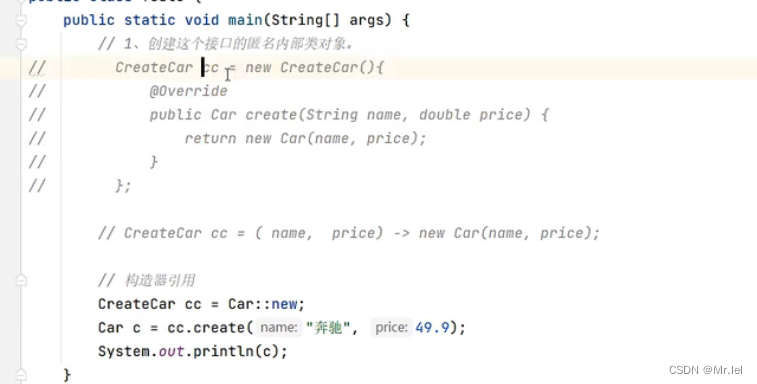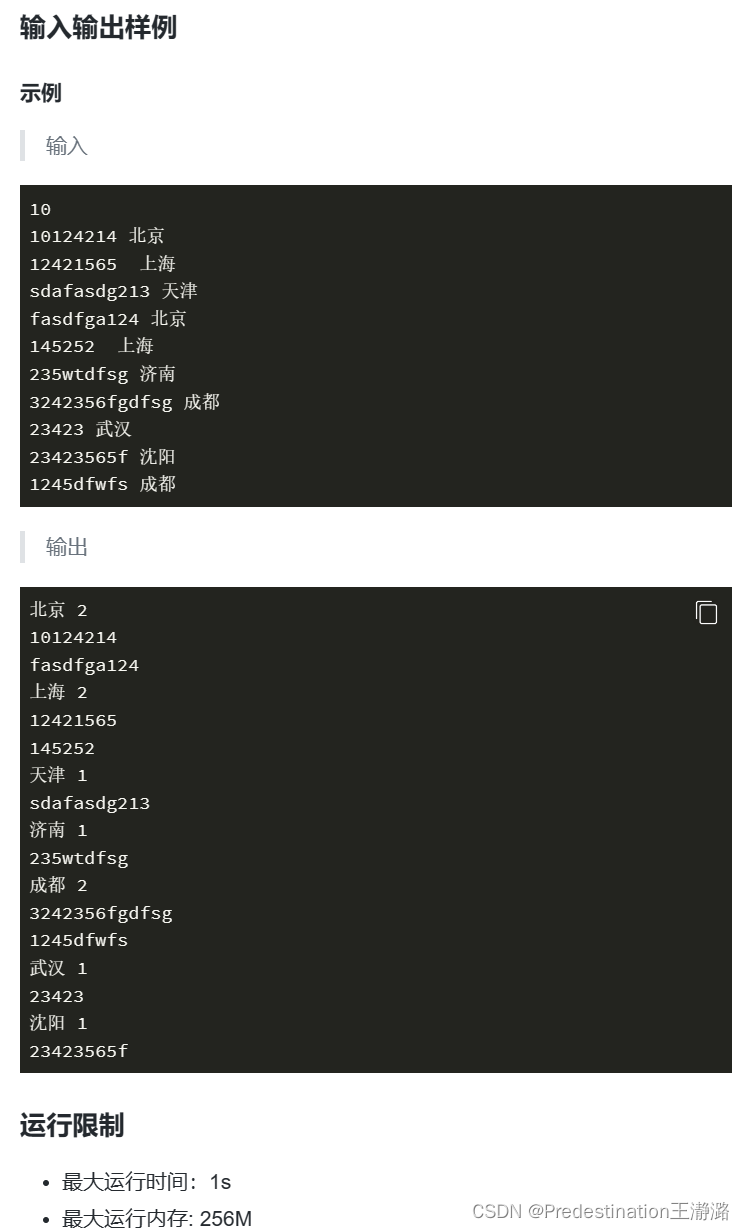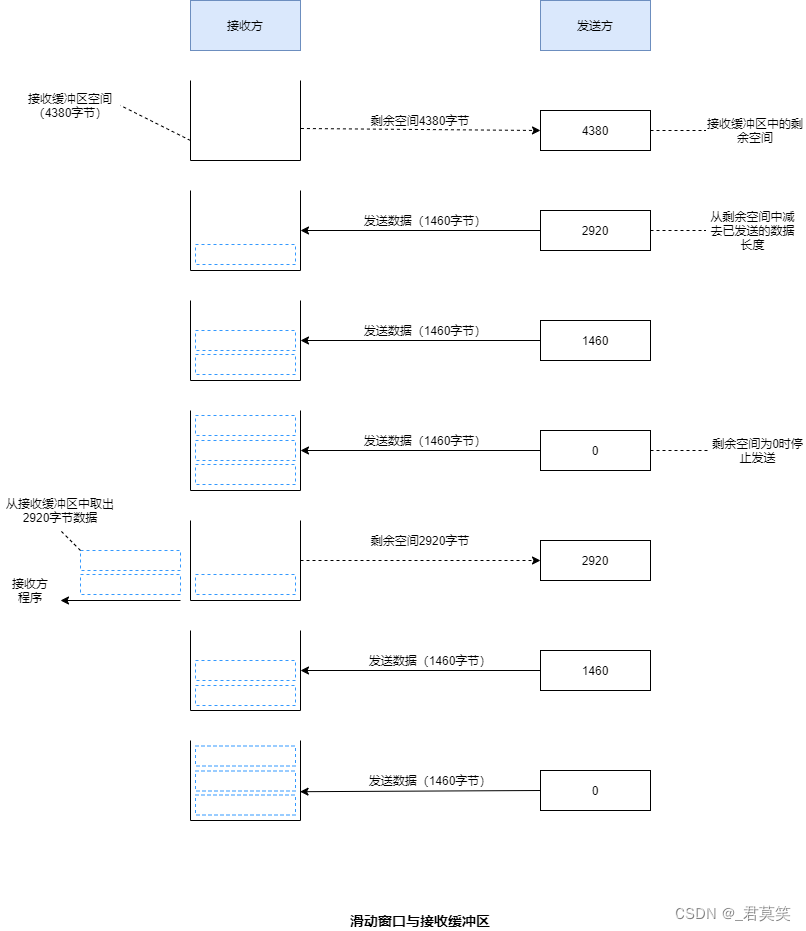一、使用 fswebcam 测试 USB 摄像头
二、根据demo来实现功能点
三、功能点编写编译运行实现
一、使用 fswebcam 测试 USB 摄像头
a. 安装 fswebcam
orangepi@orangepi:~$ sudo apt update
orangepi@orangepi:~$ sudo apt-get install -y fswebcam
b. 安装完 fswebcam 后可以使用下面的命令来拍照
a) -d 选项用于指定 USB 摄像头的设备节点
b) --no-banner 用于去除照片的水印
c) -r 选项用于指定照片的分辨率
d) -S 选项用设置于跳过前面的帧数
e) ./image.jpg 用于设置生成的照片的名字和路径
orangepi@orangepi:~$ sudo fswebcam -d /dev/video0 \ --no-banner -r 1280x720 -S 5 ./image.jpg
c. 在服务器版的 linux 系统中,拍完照后可以使用 scp 命令将拍好的图片传到
Ubuntu PC 上镜像观看
orangepi@orangepi:~$ scp image.jpg test@192.168.1.55:/home/test(根据实际情况修改 IP 地址和路径)
d. 在桌面版的 linux 系统中,可以通过 HDMI 显示器直接查看拍摄的图片
这里使用fswebcam进行拍照。参考用户手册
首先在/smart_home拍照,命名为imageComp.jpg
sudo fswebcam -d /dev/video0 --no-banner -r 1280x720 -S 5 ./imageComp.jpg
二、根据demo来实现功能点
demo.c
主要的功能是通过摄像头采集人脸数据,然后通过 cURL 发送 POST 请求到指定的 API 接口,接收 OCR 后台返回的数据。在这个过程中,你使用了一些全局变量、文件 I/O、cURL 库等。
以下是一些建议和注意事项:
-
错误处理: 在系统调用和库函数调用后,最好检查其返回值,以确保操作成功。例如,你可以在文件打开、内存分配等操作后添加错误检查,并在失败时输出错误信息。
-
函数封装: 考虑将一些相关的操作封装成函数,以提高代码的模块性和可读性。例如,可以将 cURL 相关的初始化和清理操作封装成函数。
-
全局变量的使用: 全局变量在函数间传递数据,但过度使用全局变量可能导致代码难以理解和维护。尽量将数据传递作为函数参数,以提高函数的可复用性。
-
内存释放: 在使用
malloc分配内存后,确保在不再需要使用该内存时调用free进行释放,以避免内存泄漏。 -
字符串操作: 在使用字符串拼接函数(如
sprintf)时,确保目标缓冲区足够大以防止缓冲区溢出。 -
资源释放顺序: 在释放资源时,注意释放的顺序,以避免悬挂指针或资源泄漏。
-
安全性: 尽量避免使用
system函数来执行外部命令,这可能带来安全风险。如果可能的话,考虑使用更安全的库函数或 API。
下面是一些可能的改进:
// 错误处理函数
void handleError(const char *message)
{
perror(message);
exit(EXIT_FAILURE);
}
// 初始化 cURL
CURL *initCurl()
{
CURL *curl = curl_easy_init();
if (!curl)
{
handleError("curl_easy_init failed");
}
return curl;
}
// 释放 cURL 资源
void cleanupCurl(CURL *curl)
{
curl_easy_cleanup(curl);
}
// 发送 cURL POST 请求
bool sendPostRequest(const char *url, const char *postString, size_t (*writeCallback)(void *, size_t, size_t, void *))
{
CURL *curl = initCurl();
if (!curl)
{
return false;
}
CURLcode res;
// 设置 cURL 选项
curl_easy_setopt(curl, CURLOPT_URL, url);
curl_easy_setopt(curl, CURLOPT_POSTFIELDS, postString);
curl_easy_setopt(curl, CURLOPT_WRITEFUNCTION, writeCallback);
// 执行请求
res = curl_easy_perform(curl);
// 检查执行结果
if (res != CURLE_OK)
{
fprintf(stderr, "curl_easy_perform() failed: %s\n", curl_easy_strerror(res));
cleanupCurl(curl);
return false;
}
cleanupCurl(curl);
return true;
}
// 获取人脸数据
char *getFace()
{
printf("人脸数据采集中...\n");
system("sudo fswebcam -d /dev/video0 --no-banner -r 1280x720 -S 5 ./image.jpg");
while (access("./image.jpg", F_OK) != 0)
{
// 等待文件存在
}
printf("数据采集完毕\n");
// 获取 base64 数据
char *base64BufFaceRec = getBase64FromFile("./image.jpg");
remove("./image.jpg"); // 采集完成删除,防止占内存
return base64BufFaceRec;
}
// 发送人脸数据到 OCR 后台
bool sendFaceToOcr()
{
char *img1 = getFace(); // 图片 base64 流
char *img2 = getBase64FromFile("/home/orangepi/smart_home/test/imageComp.jpg");
char *key = "JFD5c1iBh9LVqPkkZMqM8Q";
char *secret =
"76f444813fc945bd9543e4d7e086ad87";
int typeId = 21;
char *format = "xml";
// 分配足够的空间
int len = strlen(key) + strlen(secret) + strlen(img1) + strlen(img2) + 128;
char *postString = (char *)malloc(len);
if (!postString)
{
handleError("Memory allocation failed");
}
// 字符串拼接
snprintf(postString, len, "img1=%s&img2=%s&key=%s&secret=%s&typeId=%d&format=%s", img1, img2, key, secret, typeId, format);
// 发送 POST 请求
bool result = sendPostRequest("https://netocr.com/api/faceliu.do", postString, readData);
// 释放动态分配的内存
free(img1);
free(img2);
free(postString);
return result;
}
// 入口函数
int main(void)
{
// 发送人脸数据到 OCR 后台
if (sendFaceToOcr())
{
// 处理 OCR 后台返回的数据
// ...
}
return 0;
}
这个版本进行了一些重构,提高了可读性和模块性,同时加入了错误处理。你可以根据需要进一步调整。
三、功能点编写编译运行实现
camera.c
#include "controlDevice.h"
#include <stdio.h>
#include <curl/curl.h>
#include <string.h>
#include <stdlib.h>
#include <sys/types.h>
#include <sys/stat.h>
#include <fcntl.h>
#include <unistd.h>
char ocrReturnBuf[1024] = {'\0'}; // 全局变量,用来接收从OCR后台返回的数据
// 回调函数,读取从OCR后台返回的数据(把从后台的数据拷贝给ocrReturnBuf)
size_t readData(void *ptr, size_t size, size_t nmemb, void *stream)
{
size_t totalSize = size * nmemb;
// 为了避免溢出,计算实际拷贝的长度
size_t copySize = (totalSize < (sizeof(ocrReturnBuf) - 1)) ? totalSize : (sizeof(ocrReturnBuf) - 1);
// 拷贝数据到 ocrRetBuf 中
memcpy(ocrReturnBuf, ptr, copySize);
// 手动添加字符串终结符
ocrReturnBuf[copySize] = '\0';
return totalSize;
}
char *getBase64FromFile(const char *filePath)
{
char cmd[256] = {'\0'};
char *base64Buf = NULL;
// 使用安全的方式构建命令
snprintf(cmd, sizeof(cmd), "base64 %s | tr -d '\n' > tmpFile", filePath);
if (system(cmd) == -1) {
perror("Error executing system command");
return NULL;
}
int fd = open("./tmpFile", O_RDWR);
if (fd == -1) {
perror("Error opening file");
return NULL;
}
// 计算文件大小
int fileLen = lseek(fd, 0, SEEK_END);
lseek(fd, 0, SEEK_SET);
// 动态分配内存
base64Buf = (char *)malloc(fileLen + 1);
if (base64Buf == NULL) {
perror("Error allocating memory");
close(fd);
return NULL;
}
memset(base64Buf, '\0', fileLen + 1);
// 读取文件内容到字符串
if (read(fd, base64Buf, fileLen) == -1) {
perror("Error reading file");
free(base64Buf);
close(fd);
return NULL;
}
close(fd);
// 删除临时文件
if (remove("tmpFile") == -1) {
perror("Error deleting temporary file");
}
return base64Buf;
}
// 获取人脸数据
char *getFace()
{
printf("人脸数据采集中...\n");
system("sudo fswebcam -d /dev/video0 --no-banner -r 1280x720 -S 5 /home/orangepi/smart_home/test/image.jpg");
while (access("./image.jpg", F_OK) != 0); // 判断是否拍照完毕
printf("数据采集完毕\n");
// 获取 base64 数据
char *base64BufFaceRec = getBase64FromFile("./image.jpg");
remove("./image.jpg"); // 采集完成删除,防止占内存
return base64BufFaceRec; // 返回刚才拍照的base64
}
// 根据文档,接口调用方法为post请求
void postUrl()
{
CURL *curl;
CURLcode res;
// 根据翔云平台的接口要求 分开定义,然后字符串拼接
char *img1 = getFace(); // 图片base64流
char *img2 = getBase64FromFile("/home/orangepi/smart_home/test/imageComp.jpg");
char *key = "JFD5c1iBh9LVqPkkZMqM8Q";
char *secret = "76f444813fc945bd9543e4d7e086ad87";
int typeId = 21;
char *format = "xml";
int len = strlen(key) + strlen(secret) + strlen(img1) + strlen(img2) + 128; // 分配空间不够会>导致栈溢出
char* postString = (char*)malloc(len);
memset(postString, '\0', len);//因为postString是一个指针,不能用sizeof来计算其指向的大小
// 字符串拼接
sprintf(postString, "img1=%s&img2=%s&key=%s&secret=%s&typeId=%d&format=%s", img1, img2, key, secret, typeId, format);
// 初始化 cURL
curl = curl_easy_init();
if (curl)
{
// 指定cookie缓存文件
// if (curl_easy_setopt(curl, CURLOPT_COOKIEFILE, "/tmp/cookie.txt") != CURLE_OK)
// {
// fprintf(stderr, "Failed to set cookie file\n");
// return false; // 在设置失败时,直接返回
// }
// 指定post传输内容,get请求将URL和postString一次性发送
curl_easy_setopt(curl, CURLOPT_POSTFIELDS, postString);
// 指定url
curl_easy_setopt(curl, CURLOPT_URL, "https://netocr.com/api/faceliu.do");
// 回调函数读取返回值
curl_easy_setopt(curl, CURLOPT_WRITEFUNCTION, readData);
// 执行请求
res = curl_easy_perform(curl);
if (res != CURLE_OK) {
fprintf(stderr, "curl_easy_perform() failed: %s\n", curl_easy_strerror(res));
// 处理错误
}
// 释放 cURL 资源
curl_easy_cleanup(curl);
}
// 释放动态分配的内存
free(img1);
free(img2);
free(postString);
}
struct Devices camera = {
.deviceName = "camera",
.justDoOnce = postUrl
};
struct Devices *addCameraToDeviceLink(struct Devices *phead)
{
if (phead == NULL) {
return &camera;
}
else {
camera.next = phead; // 以前的头变成.next
phead = &camera; // 更新头
return phead;
}
}
controlDevice.h
#include <wiringPi.h> //wiringPi库
#include <stdio.h>
#include <stdlib.h>
// 设备结构体
struct Devices //设备类
{
char deviceName[128]; //设备名
int status; //状态
int pinNum; //引脚号
// 函数指针,用于设备控制
int (*Init)(int pinNum); //“初始化设备”函数指针
int (*open)(int pinNum); //“打开设备”函数指针
int (*close)(int pinNum); //“关闭设备”函数指针
int (*readStatus)(int pinNum); //“读取设备状态”函数指针 为火灾报警器准备
int (*changeStatus)(int status); //“改变设备状态”函数指针
void (*justDoOnce)(); // 仅执行一次的操作
struct Devices *next;
};
struct Devices* addBathroomLightToDeviceLink(struct Devices *phead); //“浴室灯”加入设备链表函数声明 2
struct Devices* addBedroomLightToDeviceLink(struct Devices *phead); //“卧室灯”加入设备链表函数声明 8
struct Devices* addRestaurantLightToDeviceLink(struct Devices *phead); //“餐厅灯”加入设备链表函数声明 13
struct Devices* addLivingroomLightToDeviceLink(struct Devices *phead); //“客厅灯”加入设备链表函数声明 16
struct Devices* addSmokeAlarmToDeviceLink(struct Devices *phead); //“烟雾报警器”加入设备链表函数声明 6
struct Devices* addBuzzerToDeviceLink(struct Devices *phead); //“蜂鸣器”加入设备链表函数声明 9
struct Devices *addCameraToDeviceLink(struct Devices *phead); // “摄像头”加入设备链表
struct Devices *addLockToDeviceLink(struct Devices *phead); // “门锁”加入设备链表
main.c
在main.c文件里的Command(struct InputCommand* CmdHandler)函数中添加
// OCR 指令:执行人脸识别功能进行开门
if (strcmp("OCR", CmdHandler->command) == 0)
{
tmp = findDeviceByName("camera", pdeviceHead);
if (tmp != NULL)
{
tmp->justDoOnce();
// 字符串检索 判断翔云后台返回的一大堆字符串中有没有“否”
if (strstr(ocrReturnBuf, "否") != NULL)
{
printf("人脸比对失败\n");
}
else
{
printf("人脸比对成功\n");
tmp = findDeviceByName("lock", pdeviceHead);
if (tmp != NULL)
{
tmp->open(tmp->pinNum);
printf("已开门\n");
delay(3000);
tmp->close(tmp->pinNum);
}
}
}
}
这里的摄像头只是当作一个设备去用,目前实现通过串口指令然后system()进行拍照。然后翔云平台进行人脸对比,未实现自动人脸检测。
所以摄像头没有另创线程。但是做视频监控可以另创线程。
这样当串口发送OCR时,实现人脸对比并开锁,所以没有用线程去做
当然,要把camera、lock设备加入设备工厂
注意:ocrReturnBuf这个因为要再不同文件调用的全局变量所以要extern
编译运行
gcc *.c -lwiringPi -lwiringPiDev -lpthread -lm -lcrypt -lrt -I /home/orangepi/curl-7.71.1/_install/include/ -L /home/orangepi/curl-7.71.1/_install/lib/ -lcurl
sudo ./a.out

运行结果
